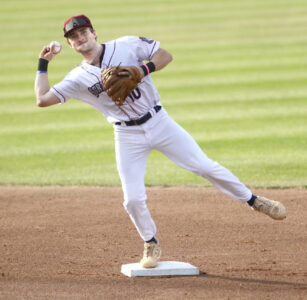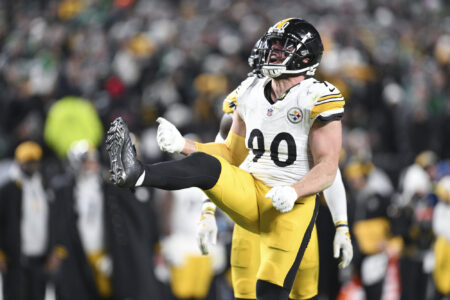It’s not the lure, it’s the location that counts
A variety of experiences during my 2020 fishing year turned out to be pivotal moments in my lifelong learning curve as an angler.
They aren’t always apparent in the moment, but events on the water can make a lasting impression. The challenge for the angler, of course, is to recognize the lessons and learn when and how to apply them repeatedly to generate success.
My biggest learnings this year involved lures, locations and presentations. Go figure. Putting the right lure in the right place properly is the key to catching more fish, but the value of that equation cannot be overstated.
Figuring out the variables in the Lure + Location + Presentation = Success equation isn’t as easy as simply guessing or going with a hunch. The successful angler rarely resorts to random “I’ll try this” decisions. Instead, the folks back at the dock with the most fish at the end of the day are those who smartly applied their knowledge and skills to match the day’s conditions.
My experiences this year reinforced several fundamentals I’ve learned over the years about lure choices. I have learned that it is not so much a matter of what an angler throws as it is where the bait is presented.
Anglers often ask what lure fish are hitting when the better question would be where are the fish feeding or holding. Once one knows where the fish are located, the best lure in nine out of 10 cases would be the lure that most effectively gets in range of hungry fish.
Whether you are fishing for muskies, walleyes, bass or trout, any lure that gets their attention in a manner that resembles either food or threat might generate a strike.
Sometimes the “right” lure might actually be any of four or five different baits. It is quite possible, for example, that a bass hiding next to a stump might attack a spinnerbait, a crankbait or a jig — as long as the angler put it precisely where it needed to be for the predator to respond.
I went to school on my L + L + P = S formula several times in the fall at Shenango Reservoir. Late in the summer, I discovered a sandy point where smallmouth bass herded young-of-the-year shad at sunrise. The smallies ranged in size from 10 to 18 inches and appeared to work together to get the baitfish to bunch up in tight schools before blitzing through them with mouths gulping.
The location of that particular group of smallmouth bass remained the same for weeks. Every time I visited Shenango across a stretch of seven weeks, the smallies were there at dawn to chow down on the shad.
It didn’t matter much what lure I threw at them. The bass struck aggressively at a popper, a buzzbait, a bladed jig, a shallow-running crankbait and a noisy buzzbait. The important thing in getting the smallmouths to react was making sure the lure was moving fast. If one of the lures got in a smallie’s line of sight, it was blasted.
What fun I had over the span of nearly two months on that ordinary looking sandy point. Beyond the sheer fun, of course, was the value of gaining reinforcement that the right investment of knowledge and intuition will pay dividends.
Time and again over the past six months, the right lures properly presented in the right locations resulted in fish on the end of my line. It’s a lot more fun when the game plan goes as intended. It sure beats waiting for a stroke of luck.
Jack Wollitz is a writer and angler who fishes all of the waters in northeast Ohio and western Pennsylvania. He also appreciates emails from readers. Send a note to Jack at jackbbaass@gmail.com.




